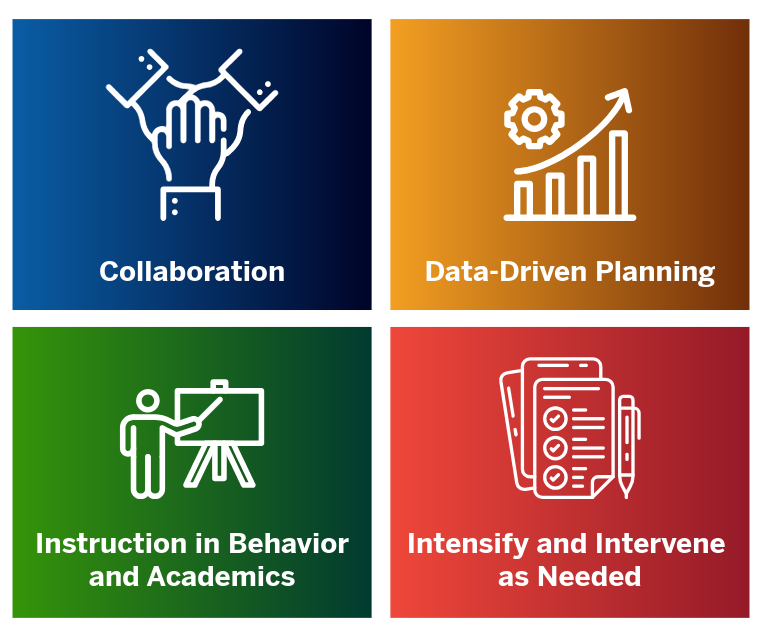Ready for 2026? Make Transition Planning Fun with LifeCourse Tools
Celebrate 2026 by making transition fun for you and your students! One effective way to achieve this is by helping students set goals using LifeCourse Tools! The LifeCourse Framework provides a structured, person-centered way to help students and families plan for the future.
Why use LifeCourse Tools in your classroom or transition program?
- They empower students to express their preferences and priorities, ensuring that goals align with what is most important to them.
- They help students identify short-term goals and a plan to reach their long-term postsecondary goals across life domains like education, employment, and community living.
- They provide visual tools. Reference the Exploring Life Domains, Person-Centered Portfolio, and the Integrated Supports Star to make planning interactive, easy to understand, and fun.
5 Tips for Effective LifeCourse Tool Implementation
- Pair the LifeCourse Tools with creative activities contributing to students’ transition portfolios, digital planners, or vision boards. This will keep students and their families motivated and engaged.
- Explore the Life Domains to get students thinking, families exploring, and educators bonding and connecting to activities with meaningful outcomes.
- Facilitate discussions to encourage students to share what’s important to and for them with their transition team.
- Break goals into actionable steps to help students choose one or two priorities for the next few months.
- Review progress regularly for transition check-ins, not just in IEP meetings.


